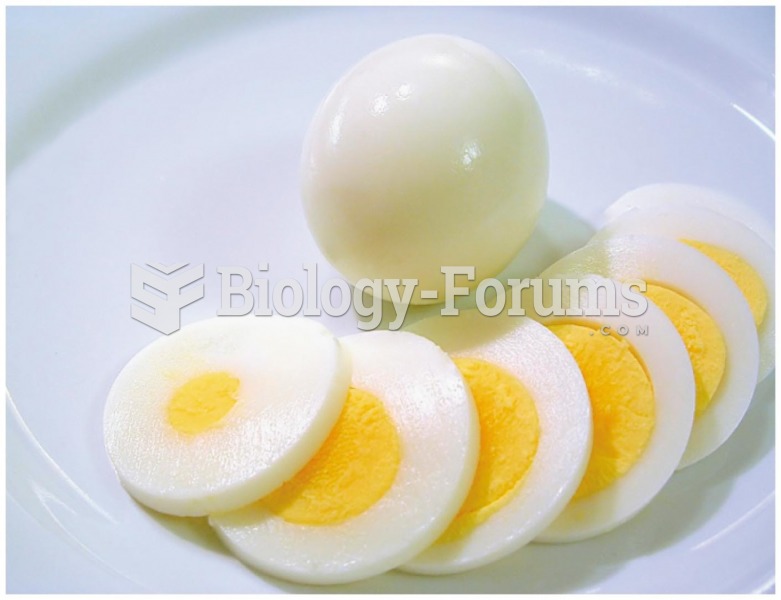Answer to Question 1
Answer: FALSE
Answer to Question 2
Answer:
a. People with an internal locus of control believe that they control their own fate. Those with an external locus of control see themselves as pawns, believing that what happens to them in their lives is due to luck or chance. Research evidence indicates that employees who rate high on externality are less satisfied with their jobs, more alienated from the work setting, and less involved in their jobs than are those who rate high on internality.
b. A high-Machiavellian person is pragmatic, maintains emotional distance, and believes that ends can justify means. In jobs that require bargaining skills or that have substantial rewards for winning, high Machs are productive. In jobs in which ends do not justify the means or that lack absolute measures of performance, it's difficult to predict the performance of high Machs.
c. People differ in the degree to which they like themselves. This trait, called self-esteem is directly related to expectations for success. High SEs believe they possess the ability to succeed at work. High SEs will take more risks in job selection and are more likely to choose unconventional jobs than are people with low SE. High SEs are more satisfied with their jobs.
d. High self-monitors are very sensitive to external cues and can behave differently in different situations. They are capable of presenting striking contradictions between their public persona and their private selves. Low self-monitors cannot adjust their behavior. They tend to display their true dispositions and attitudes in every situation, and there's high behavioral consistency between who they are and what they do.
e. People differ in their willingness to take chances. Differences in the propensity to assume risk have been shown to affect how long it takes managers to make a decision and how much information they require before making their choice. To maximize organizational effectiveness, managers should try to align employee risk-taking propensity with specific job demands.







